Alright – so today we’ve got the honor of introducing you to Ezra Ardolino. We think you’ll enjoy our conversation, we’ve shared it below.
Hi Ezra, thanks for joining us today. Can you talk to us about how you learned to do what you do?
The origin of my craft… Digital Fabrication.
My journey with Digital Fabrication began back in 1993. I was a sophomore in a high school that had an Industrial Arts program, and one of the components of that program was a “tech lab” where students could be exposed to a variety of technology-related crafts (soldering, casting, hydroponics, etc). One feature of that lab that immediately caught my attention was a CNC lathe tucked in the back corner of the room. It came with a simple program that an instructor could run as a demo, but beyond that, nobody really knew how the machine worked. It did have a manual though! So that Spring, I got permission to take lunch every day in the tech lab, and I poured over that instruction manual. Read it cover to cover, multiple times, took notes; I learned that machine, mechanically, linguistically, all of it.
From there I was able to develop my first creative workflow; designing objects in drafting class, using trig to define the points of a toolpath in math class, and then going back to the tech lab to type the G-code and machine the part in aluminum. And you have to realize that this is the early ’90s, so we’re talking hand drafting, math with a graphing calculator (that I still have), and a green screen computer terminal for programming and running the machine. But the flow totally worked, and over time I was able to develop designs iteratively and share my learnings with my friends and teachers. It was a model for creative production that I established early in life, would return to later in college, and am still perfecting today at Timbur.
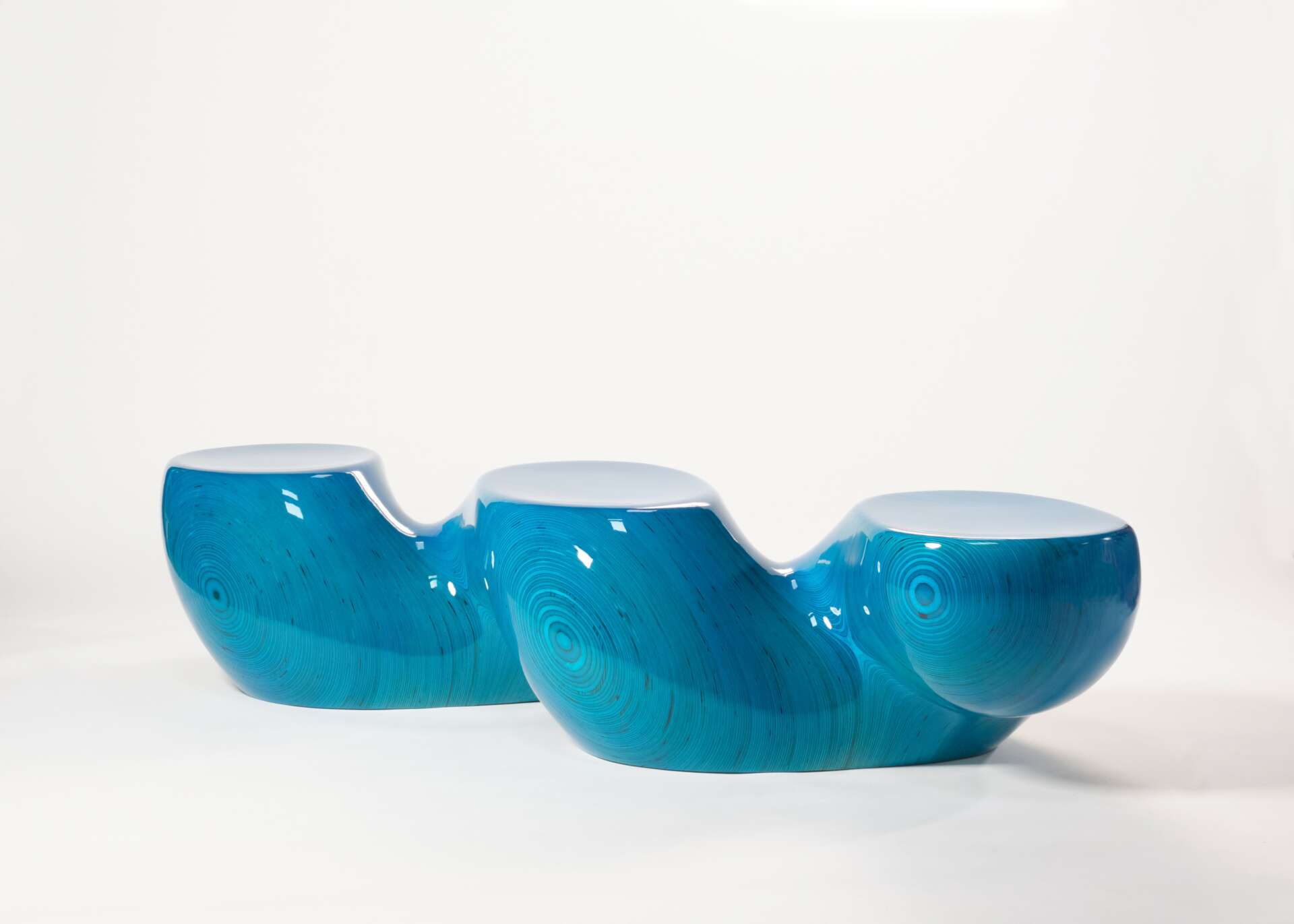
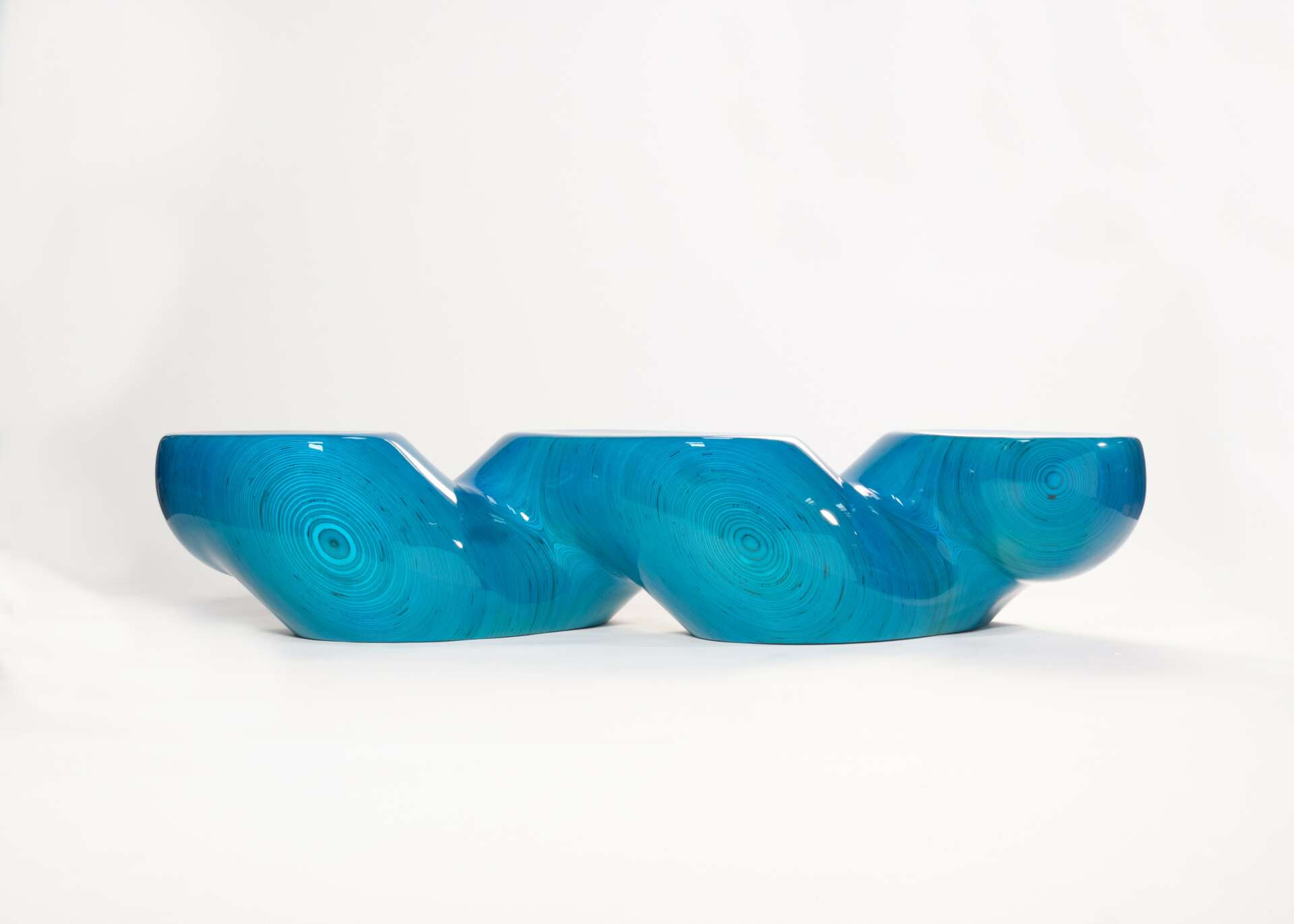
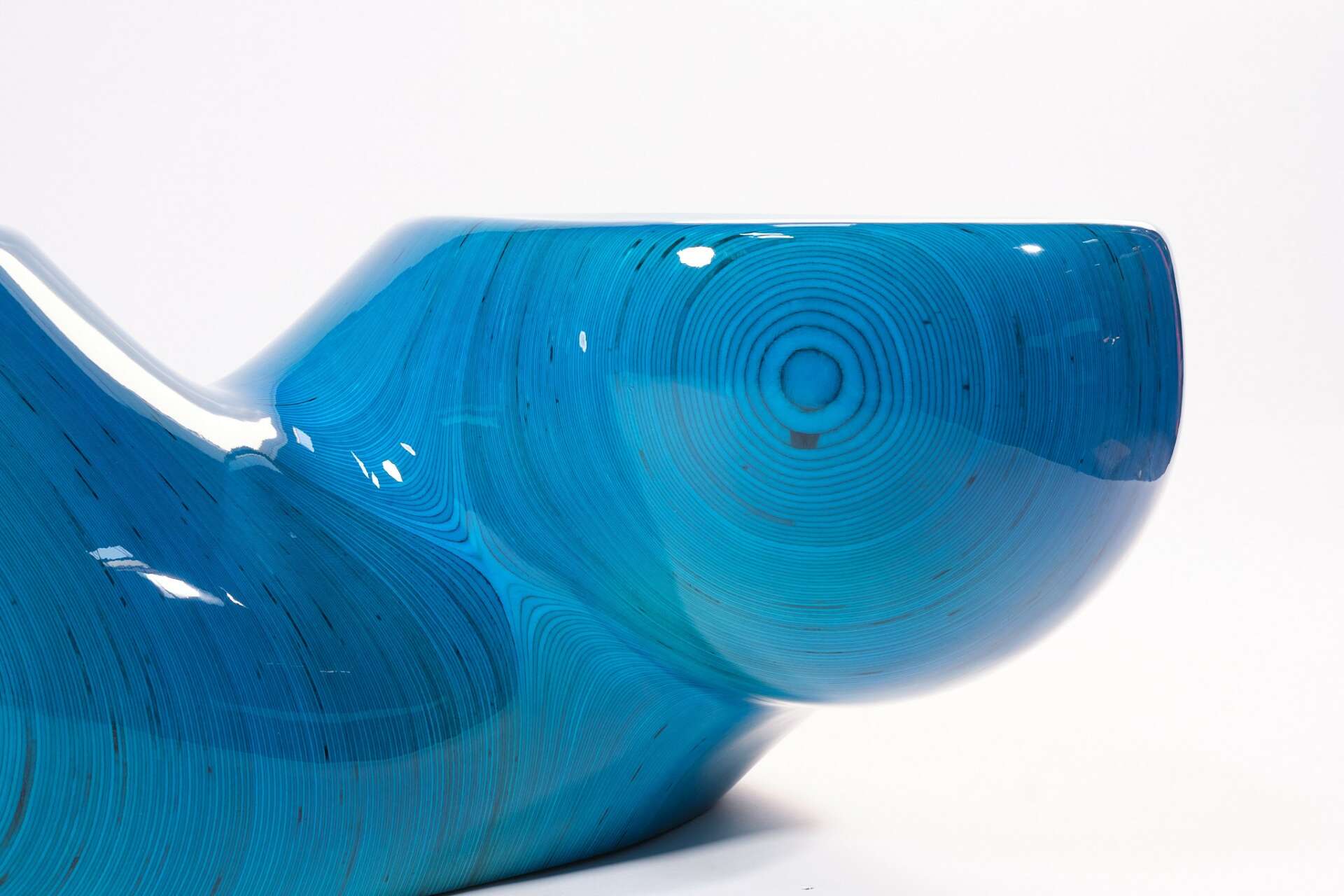
Ezra, before we move on to more of these sorts of questions, can you take some time to bring our readers up to speed on you and what you do?
Hey! My name is Ezra Ardolino. I’m a 47-year-old designer, a native of NJ, and the founder of Timbur, a digital fabrication studio exploring the intersection of design, materiality, and robotics.
Professionally, my background is rooted in Architecture. I earned an MArch I degree from Pratt Institute in 2004 and had the privilege of working for some amazing NY-based architecture firms as a young designer. I spent the better part of a decade as a professor, teaching design and digital fabrication at both Cornell University and Pratt Institute.
In 2009, I founded Timbur. At its origin, Timbur was really nothing more than me and a CNC machine in my suburban NJ garage. I would spend part of my time solving digital fabrication challenges for my colleagues and part of my time exploring and prototyping my own designs. Well, 15 years later, and I now lead a team of 10 in partnership with my wife, Ania, that one CNC machine has turned into 4 (plus a couple industrial robots), and what once fit in my 600sqft garage has grown to occupy a 20,000sqft industrial facility. But the basic model of operation remains the same: part collaborative fabrication, part creative outlet.
On the fabrication side, we get involved with just about everything and thrive on fabrication challenges. Embracing challenge is what the brilliant people I call my team do best, and I couldn’t be more grateful for their contributions over the years. From project managers to programmers, carpenters and finishers it takes many of us to do what we do.
Sure, the name Timbur is a reference to wood, and we do excel at all sorts of woodwork and millwork, but that’s never stopped us from fabricating building facades, machining concrete formwork, or building museum displays and exhibits. That diversity of experience almost always leads to innovation and is the engine that drives our exploration forward. And we’ve had the privilege of fabricating for some truly remarkable people and organizations over the years, with a couple of standout examples being the mixed-media “Objects for Living” furniture collection we engineer and produce for artist Daniel Arsham and the curved white oak retail millwork we recently completed for Kith’s Williamsburg Flagship.
On the creative side, it’s all about the robots and the plywood for me. I purchased our first industrial robot in 2012 and immediately realized that with a machine this flexible and large, I was going to need a material to go with it. I had a vested interest in wood but needed to find a way to get at a large volume of material in an efficient and predictable way. That’s where the plywood comes in or what I like to call “Futurewood”.
Futurewood is a material practice based on the transformation of an everyday architectural building material into highly desired sculptural objects. In a practical sense, it is the transformation of wood from a tree into a sheet of plywood that is stacked into a large volume and then machined with an industrial robot. In a conceptual sense, Futurewood is the wood that comes after wood, or the re-thinking of wood as a highly formable, fully engineered, commodified raw material that speculates on the value of wood in a post-natural world. Free of logs and boards, Futurewood delivers a new tectonic for wood sculpture and a new aesthetic expression of grain, defined by the accumulation and exposure of layers rather than natural phenomena.
Whether sanded smooth, candy-colored, or left raw and textured, the development of Futurewood has produced some truly remarkable works. Most notably, the line of monolithic plywood furniture I designed for Timbur called “Stack” that is sold exclusively through Tuleste Factory, as well as my first limited edition collection of high-gloss candy-colored sculptural furniture titled “N90N” that debuted this past May as part of Tuleste Factory’s group exhibit “Harmonious Proportions” and was recently shown at Design Miami.
From here, the exploration continues, and our proposition remains clear. It’s the mission of Timbur to explore the intersection of design, materiality, and robotics, and when someone collects a piece of Timbur, they are collecting an artifact of that exploration.
For those who would like to learn more about Timbur, what we do, and how we do it, please follow us on Instagram. Always something interesting going on and I look forward to seeing you there!
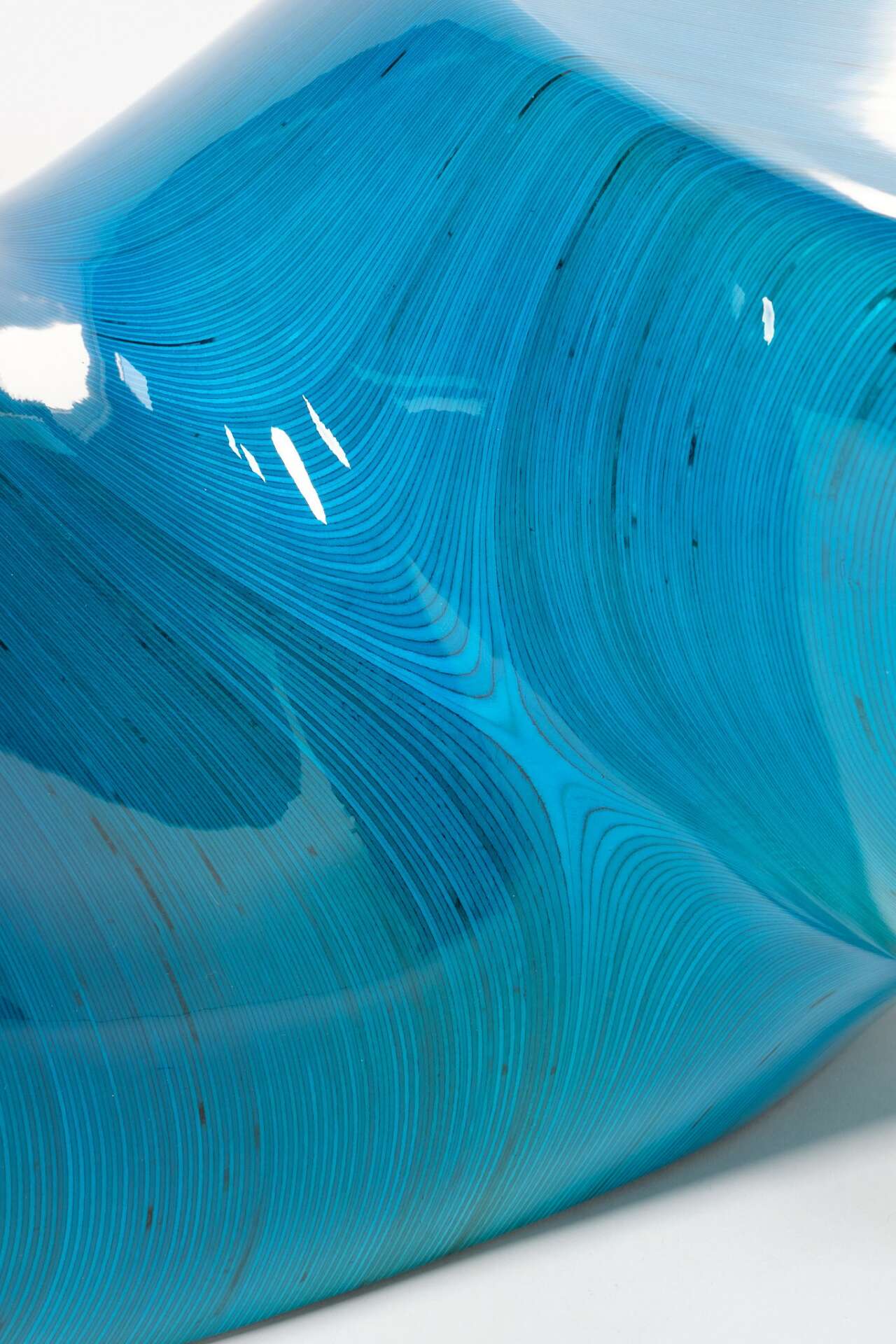
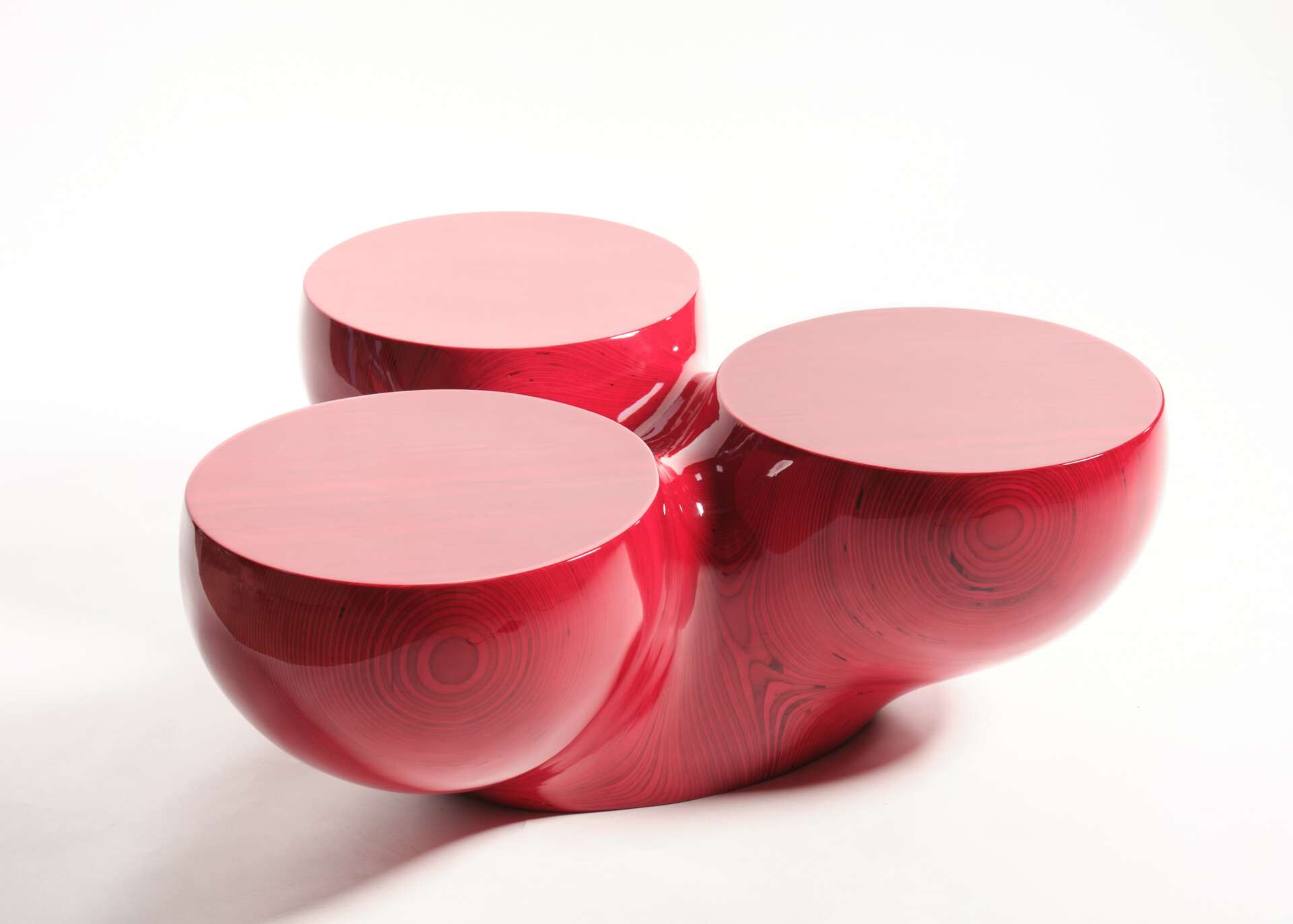
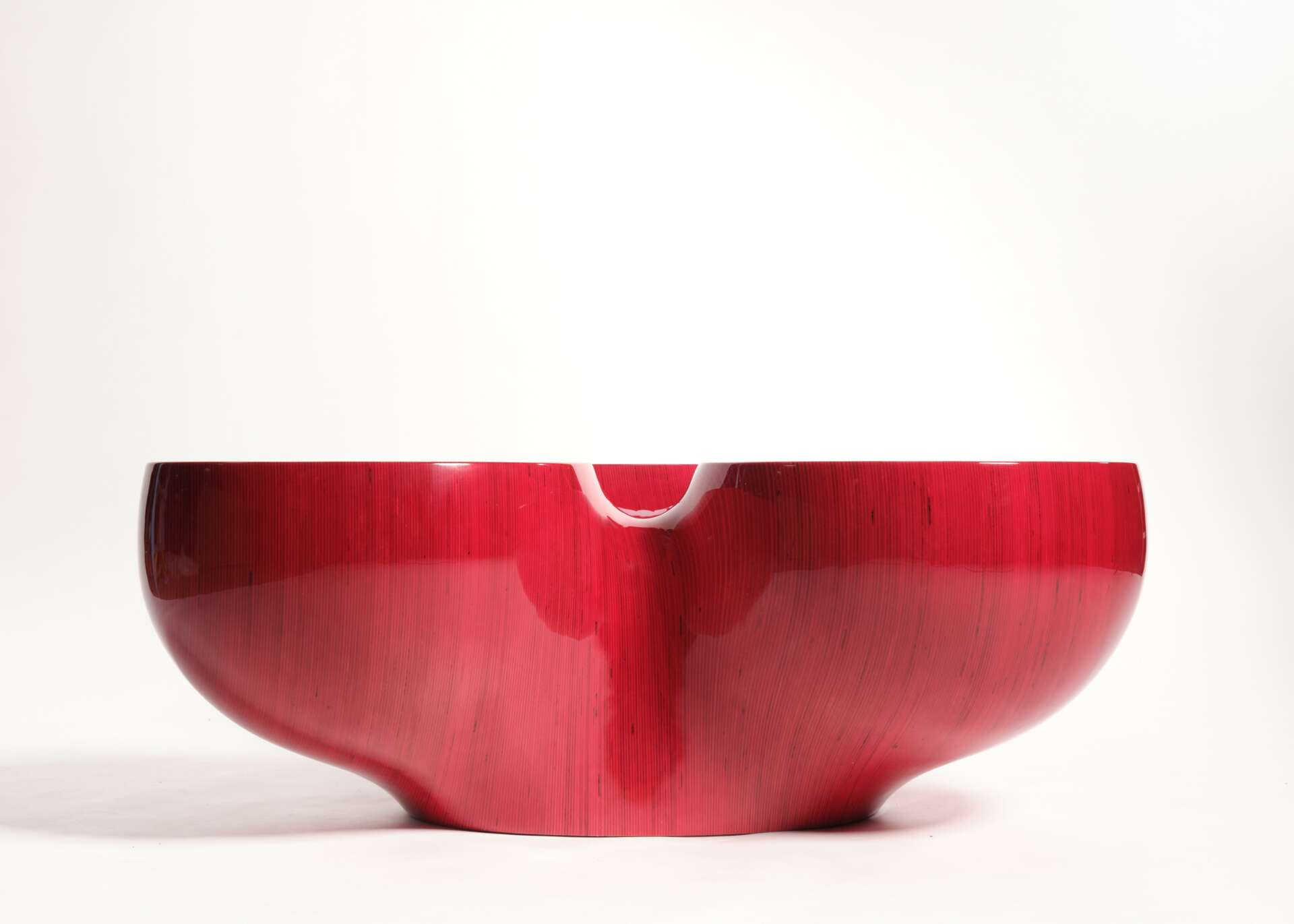
Is there a particular goal or mission driving your creative journey?
Yes and no. It’s a tricky thing running a creative enterprise in a free market economy. Timbur’s exploration of the intersection of design, materiality and robotics is in a certain sense a particular pursuit yet at the same time explicitly open ended. Such is the nature of exploration. You don’t know what you’re going to find and that’s the beauty of it; the reason for doing it in the first place. It creates a productive tension between the realities of running that venture as a for profit organization and at the same time deploying the fruits of that labor, both financially and intellectually, to support that exploration.
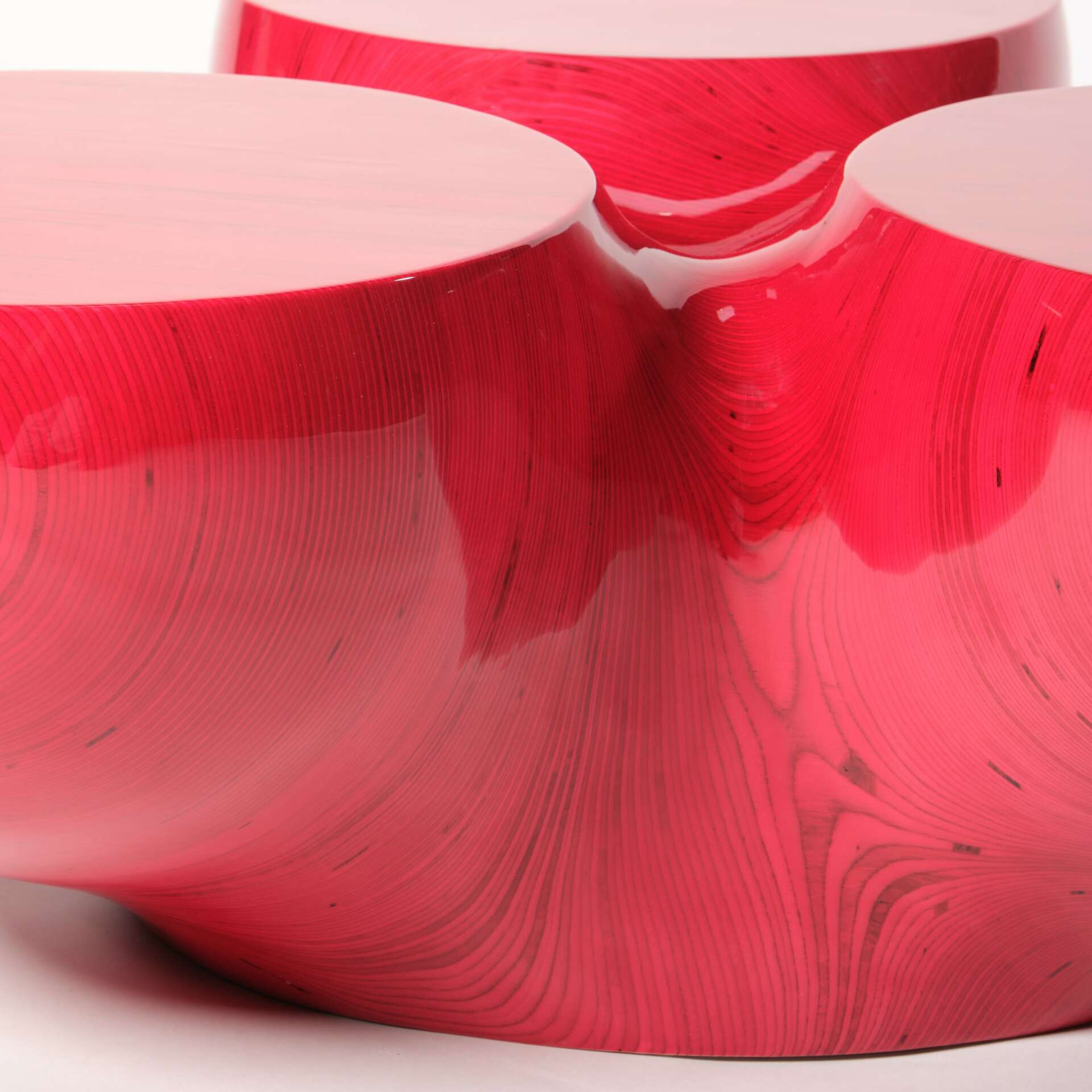
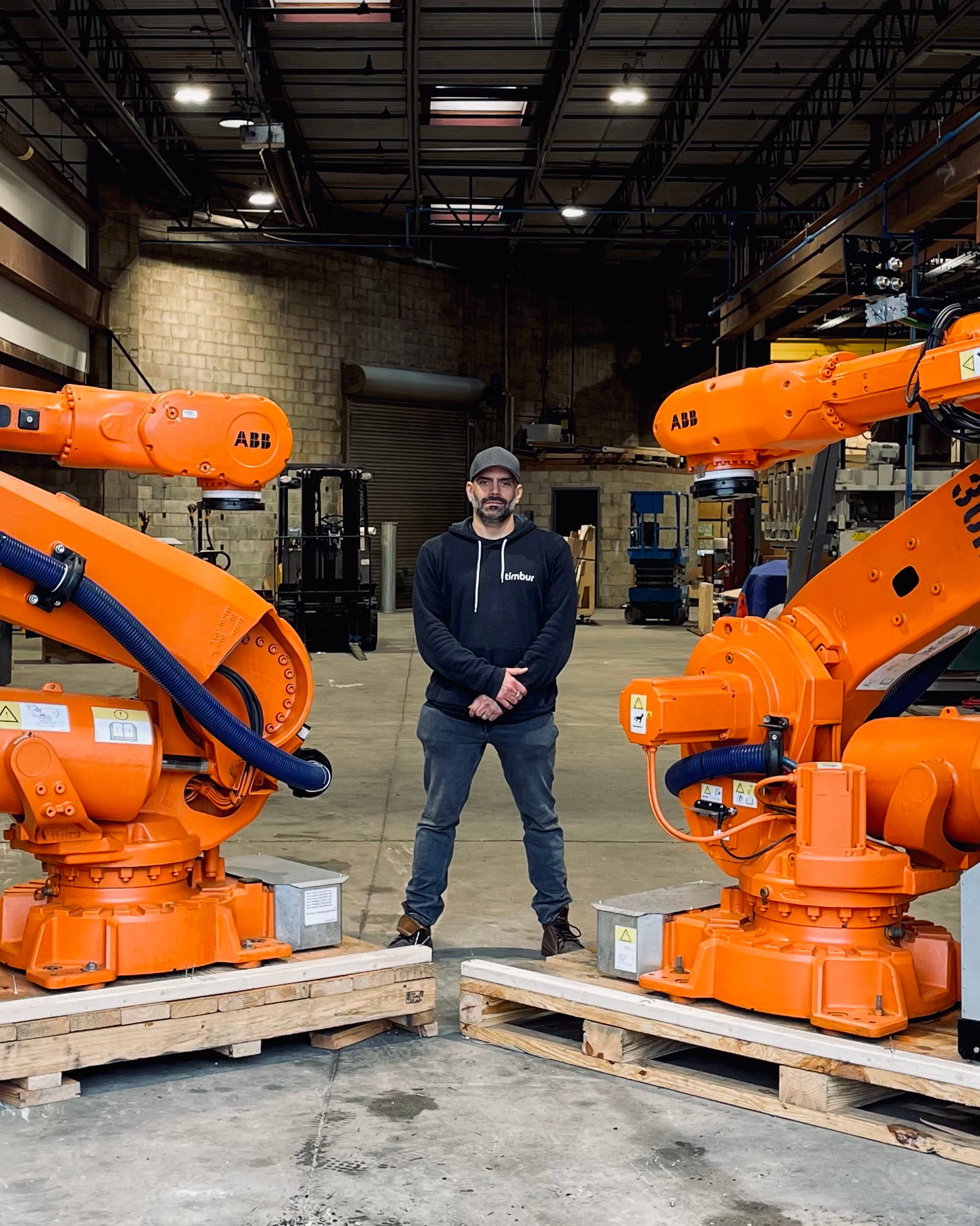
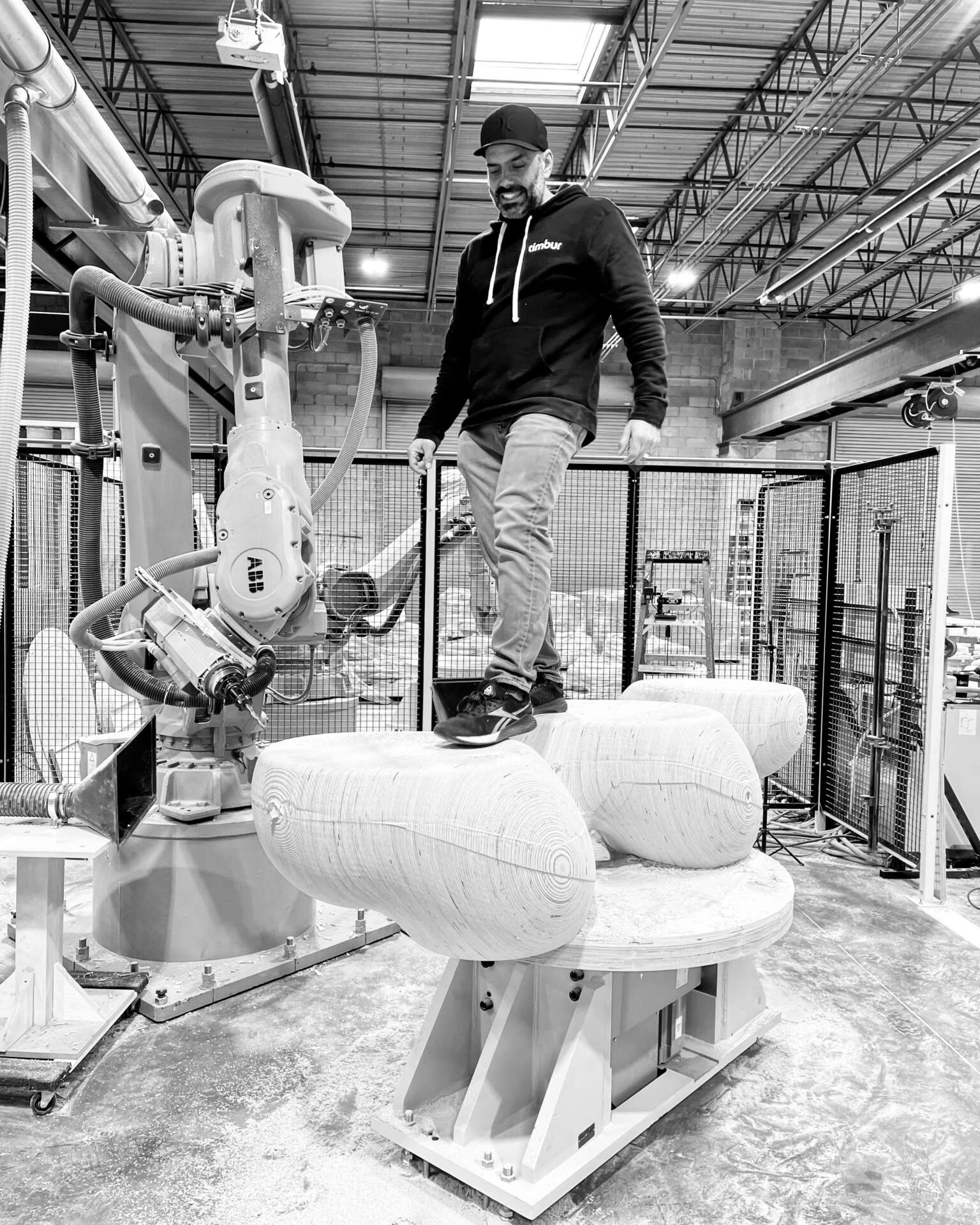
What can society do to ensure an environment that’s helpful to artists and creatives?
Bring Industrial Arts back to primary and secondary education. Not in a trades or vocational sense per se but rather as part of a comprehensive STEAM based education. Some schools have it, but many don’t. I can’t stress enough how important it is for young people to develop the connection between their minds, bodies and the material manipulation of the physical world. And the more freedom and self-direction students can have in their pursuit of this knowledge the better!
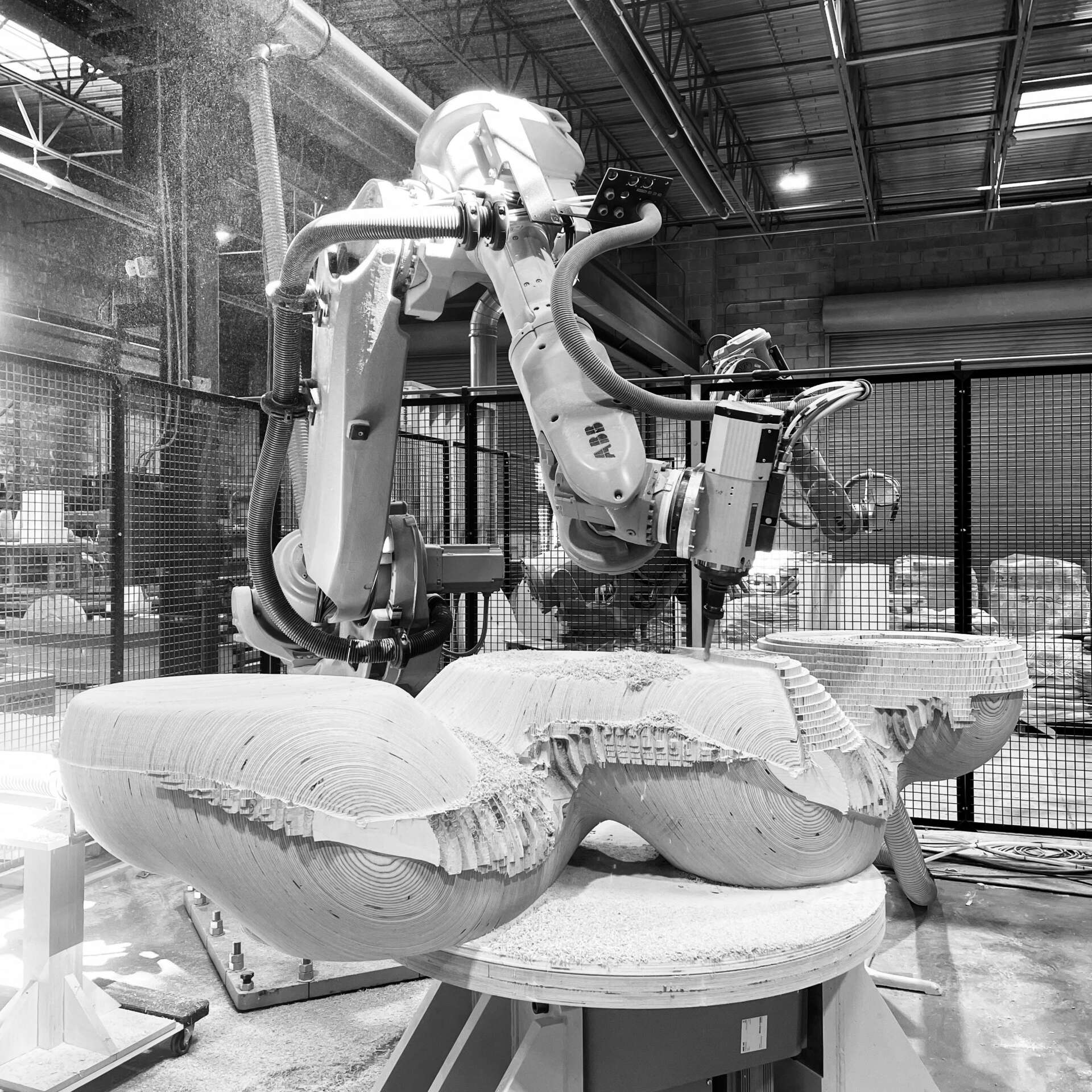
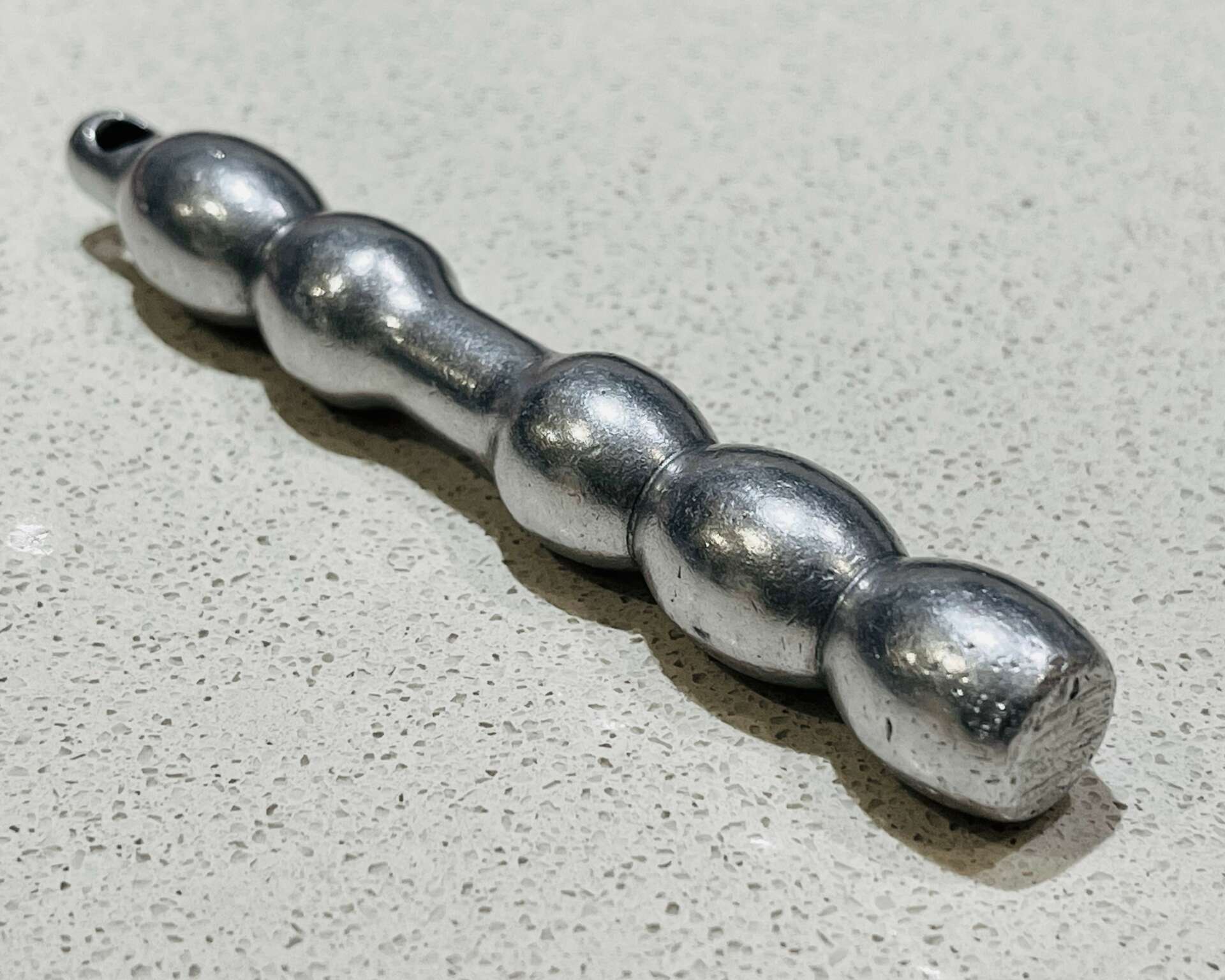
Contact Info:
- Website: https://timburllc.com/
- Instagram: https://www.instagram.com/timburllc/
- Linkedin: https://www.linkedin.com/company/1724630/admin/feed/posts/
- Other: Personal- https://www.instagram.com/ezra.ardolino/ https://www.linkedin.com/in/eardolin/
Image Credits
For the white background pictures of the candy colored plywood furniture phot0 credit should be given to Jack DeMarzo. All others were taken by me with an iphone.


